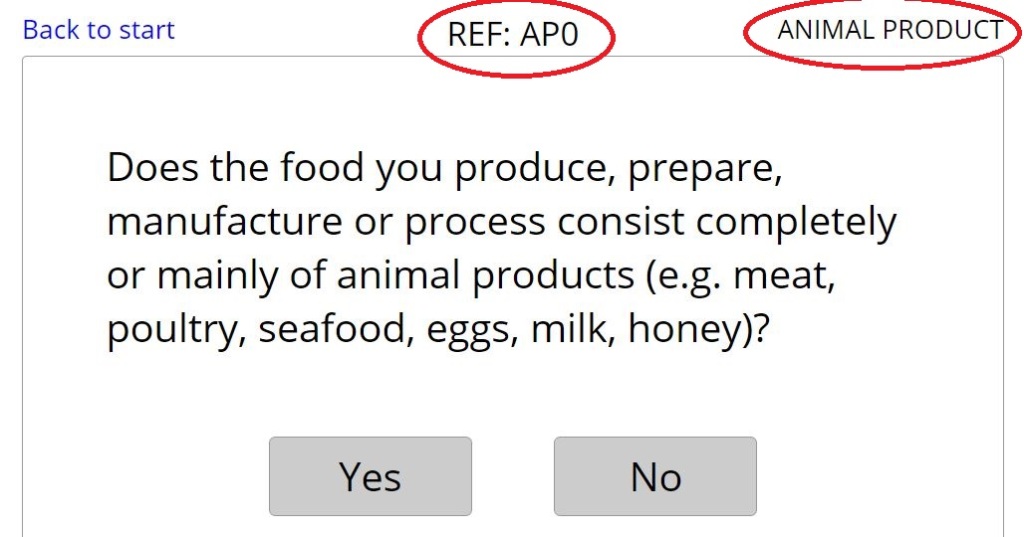The Ministry for Primary Industries (MPI) is required to help businesses understand food regulations that impact all food manufacture, retail and supply in New Zealand.
Greater flexibility was introduced in the regulations that accompanied the Food Act 2014. This meant businesses needed to understand their choices and how they applied to their particular operations.
Requirements
The business rules and basic logic flow were provided.


The Challenge – To web-ify the process
- Understand how things worked from a business rules and logic perspective;
Then - Translate that into a web-based tool that would be made available from the MPI website;
Also - To educate food operators so they understand what they need to do to comply with the new regulations
Process Flows
One avenue explored was to provide pathways based upon the type of business people are involved in.
The aim was to give them something familiar early in the journey – something they could feel comfortable was tailored specifically for them and their situation.
There would be an alternative starting point that accommodates any and all business types. This pathway would take longer.
It would accommodate food operations that are exempt from working under either a Food Control Plan or National Programme.

Certain information and steps are common to several pathways so there was a challenge work out the points of cross-over to ensure efficiency.
I needed to use a naming convention with clear references to understand and track the steps within each process flow.
- Accommodation providers = ‘ACC’
(with the options named ‘ACC1’, ‘ACC2’, etc) - Beverage providers = ‘BEV’
- Fund raising operations = ‘FUND’
The solution would record the pathway choices so the history of decisions was preserved for people to refer to.
Prototype
Next, I developed a clickable prototype to physically demonstrate the way the application would work.
I included the references from the pathway flows for internal testing and tracking.

The client could understand the user experience, confirm the logic and finalise the wording.
The visual design and technical build workstreams both used the updated prototype to understand the agreed user experience.

Outcome
The tool remains on the MPI website and while it has undergone visual changes since going live, the core user experience remains.
You must be logged in to post a comment.